Albany’s grand plan to revamp housing in NYC unveiled — see it here
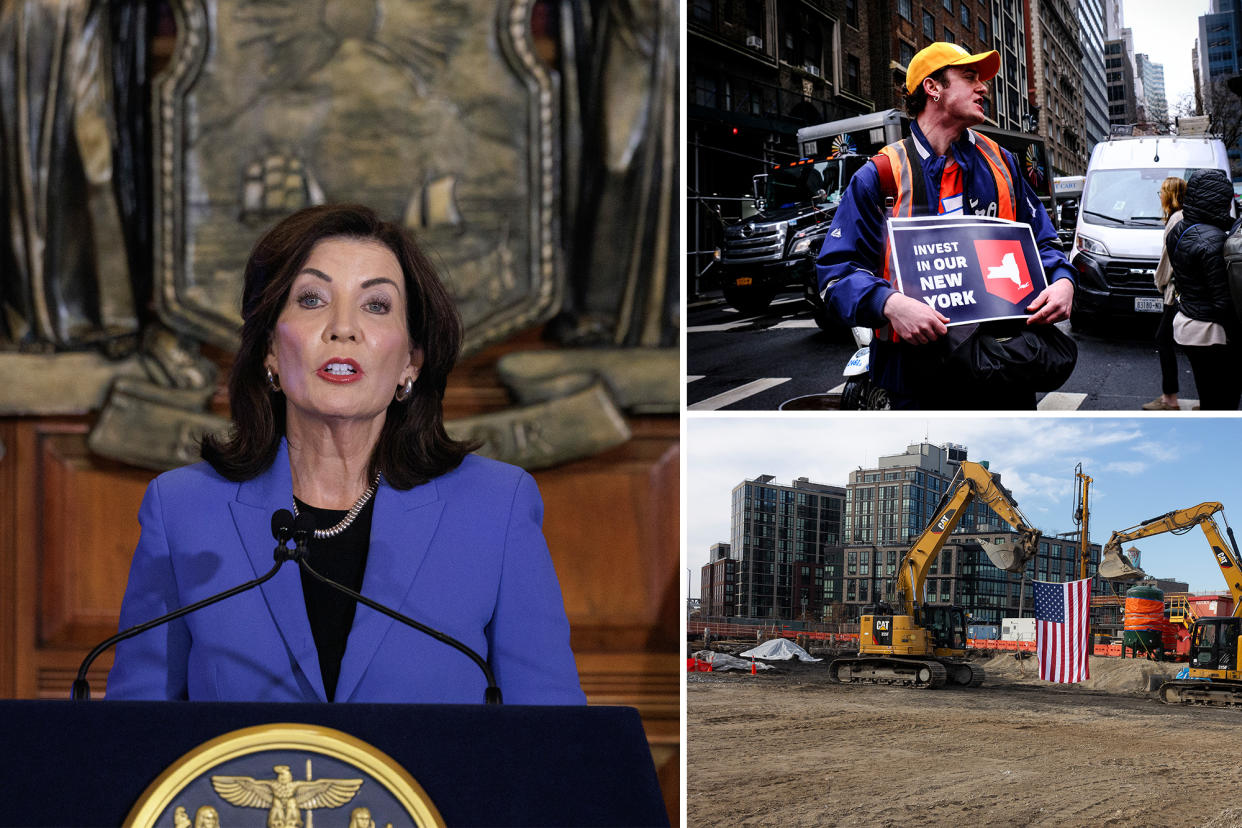
- Oops!Something went wrong.Please try again later.
We built this city!
The ink is now dry on Albany’s grand plan to massively ramp up housing supply in the Big Apple, with lawmakers and Gov. Hochul expected to sign off on the landmark proposal sometime this weekend.
The multifaceted plan includes a litany of measures to push developers to build thousands of new housing units, while attempting to reduce rental costs and protect millions of tenants from unscrupulous landlords.
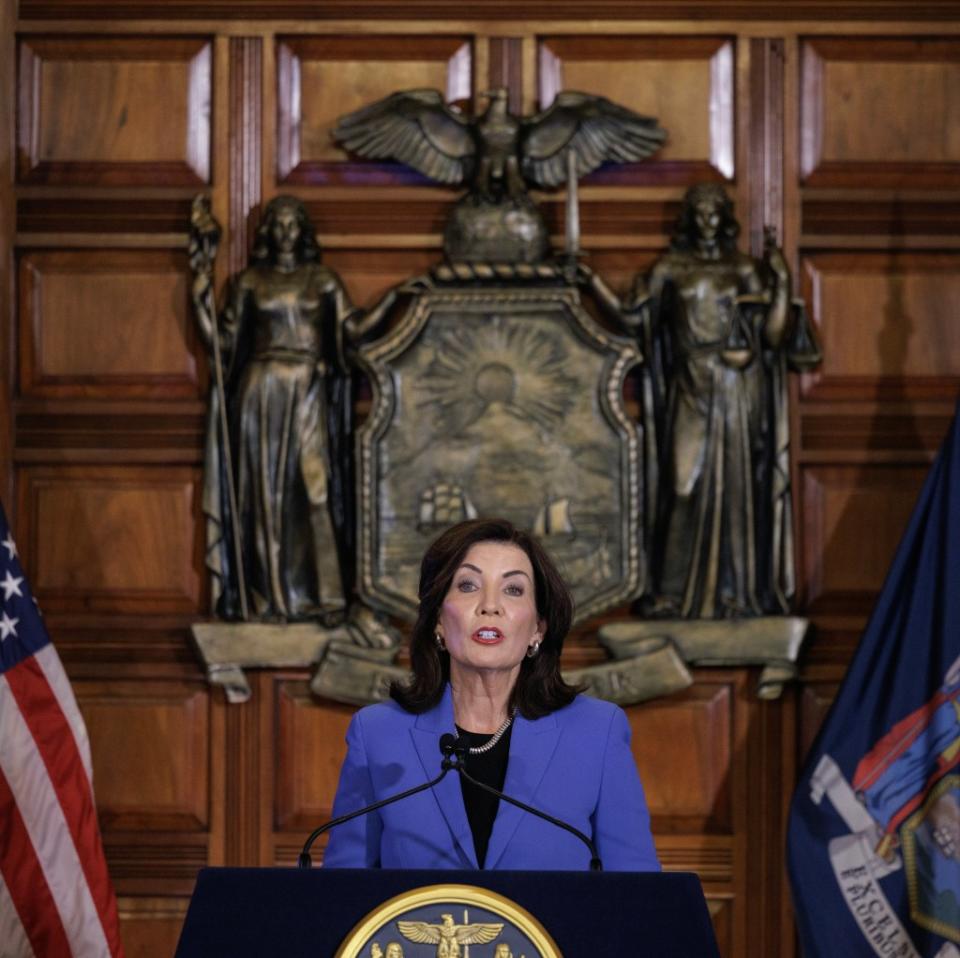
The sweeping measure includes:
“Good Cause Eviction” tenant protections for New York City
Lets tenants take their landlord to court if they raise rent more than 10% or 5% plus inflation, whichever is lower
Tenants can still be evicted for “gross negligence;” failure to pay rent; refusing to let a landlord make repairs; and failure to pay rent. Landlords are not required to renew a lease.
There are significant carve outs in the bill for situations where the Good Cause tenant protections will not apply, including:
When a tenant vacates an apartment
Newly constructed buildings, and those built since 2009, are exempt for 30 years
Units with rents at or above 245% the fair market, a measure put out by the federal department of Housing and Urban Development. Fair market value is currently around $6,000 for a one-bedroom apartment–meaning most luxury apartments won’t apply.
Units owned by a landlord with a portfolio of 10 or fewer units
Co-ops, seasonal dwellings and retirement communities
Towns, villages and cities outside the five boroughs may opt into the Good Cause guidelines that apply to the city.
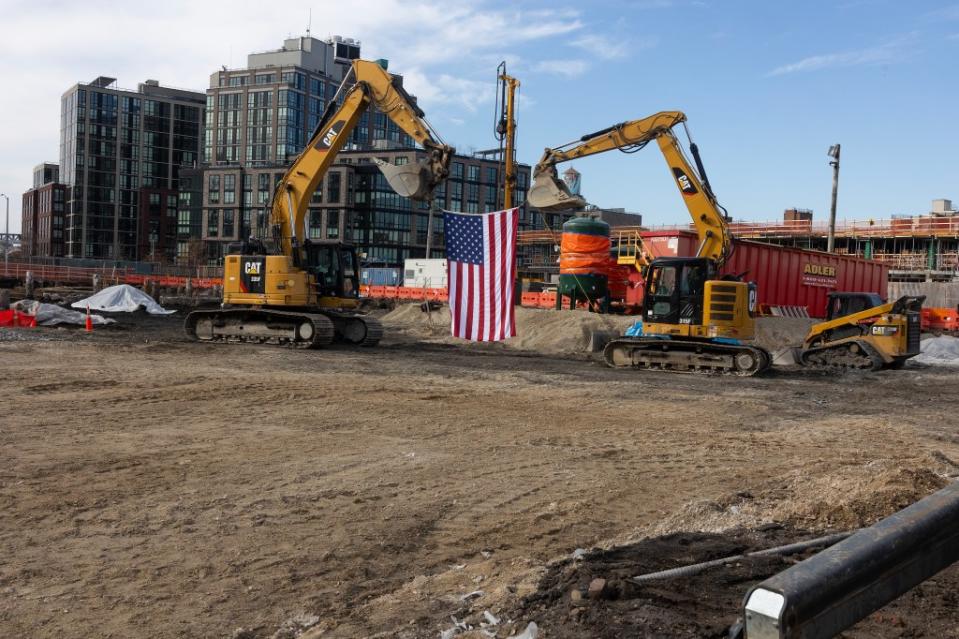
Squatters
The plan would clarify the difference between tenants and squatters, and emphasize that squatters do not share the same rights as tenants, clearing up a legal gray area that has allowed evictions to drag out in court.
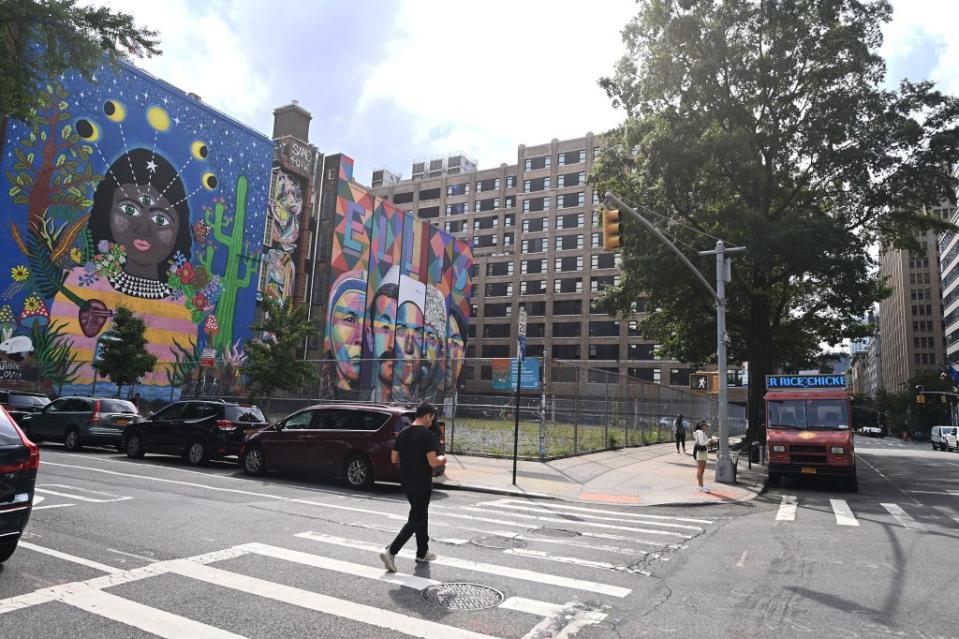
Affordable housing tax incentives for developers
The deal implements a new version of the existing 421-a property tax exemption for developments that include a certain percentage of affordable units.
The new incentive — dubbed the Affordable Neighborhoods for New Yorkers, or ANNY — includes requirements on how many units in a given building must be priced at affordable levels and where those rents must be set.
Most smaller developments, with less than 100 apartments, must keep a fifth of those units at an affordable price.
That’s set using a HUD measure of what someone making 80% area median income would be able to afford, roughly $2,100 a month for a one-bedroom in 2023. Developments of 100 or more units must hold 25% of apartments at the same price point.
Larger buildings with more than 150 units south of 96th street in Manhattan, as well as Cobble Hill and Williamsburg in Brooklyn, and Long Island City and Astoria in Queens have different requirements.
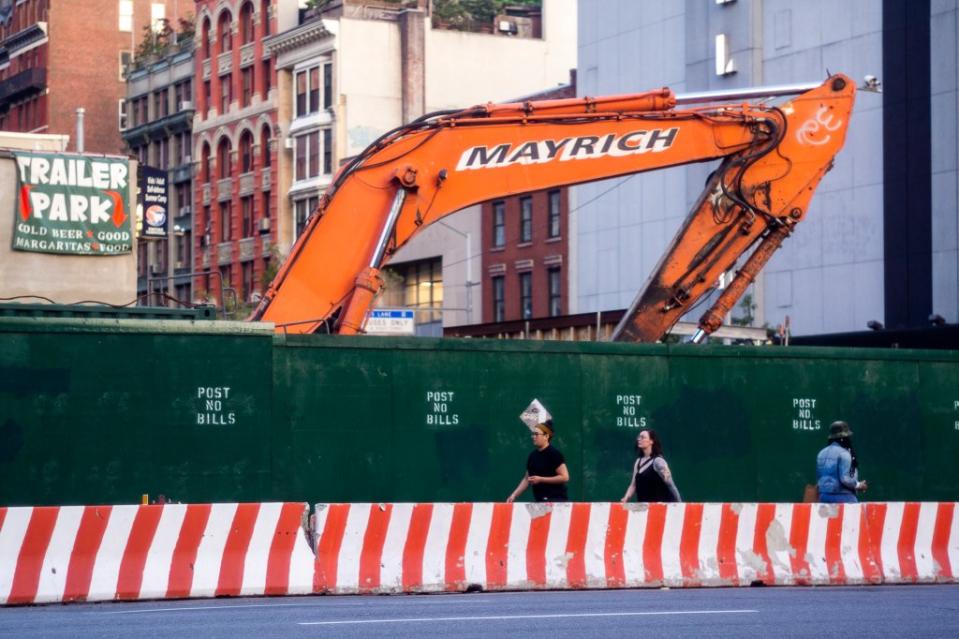
Those buildings must make 25% of their units affordable, at around $1,600 for a one-bedroom, or 60% of the average median income.
Developers also receive different exemptions depending on the number of units in a building.
Smaller buildings, like those with 10 or fewer units, are exempt during construction and 10 years after, while the larger buildings with 100 or more units are exempt for 35 years under the plan.
The deal also extends the existing 421-a program through 2031 for ongoing projects.
The plan also sets minimum wage standards for unionized construction workers in such developments.
The agreement brokered between the Real Estate Board of New York and the building trades sets base wages at $35.00 and $72.45 for projects larger than 100 units.
The citywide base rate will start at $35 an hour in 2023 then grow to $45 an hour in 2033.
The higher base rates apply in areas south of 96th street in Manhattan as well Cobble Hill, Williamsburg, Long Island City and Astoria.
Converting Office Buildings to Housing
The bill also creates a new program that would push developers to convert abandoned office space into housing, including affordable units.
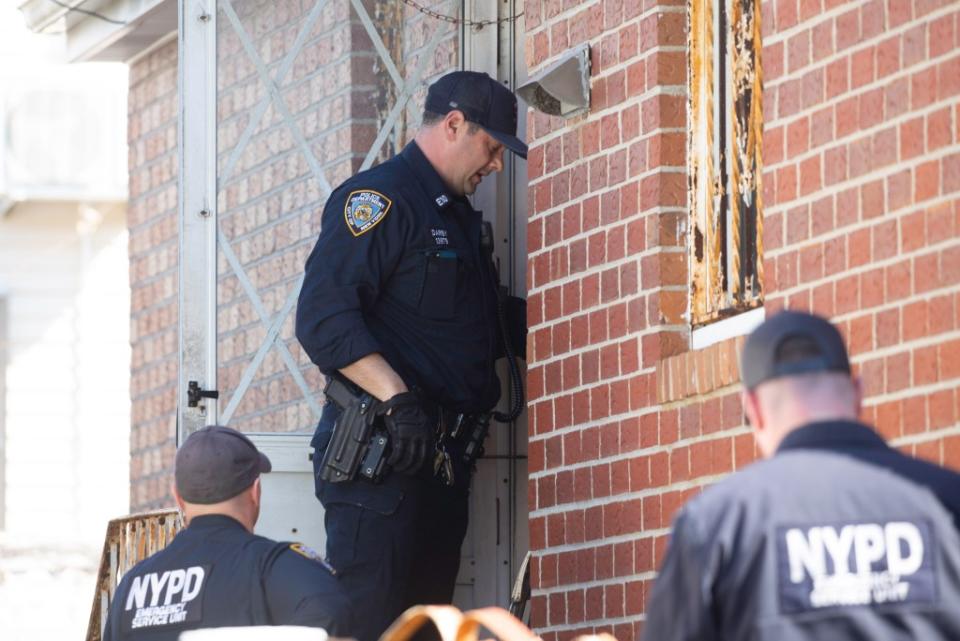
Projects that receive a permit by June 30, 2026 would receive a 35-year, 90% discount on their effective residential tax rate. The timeframe would shorten to 30 years for projects approved by 2028, and 25 years for projects approved by 2031.
Developers would have to set aside a quarter of their units at 80% AMI, or about $2,100 for a one-bedroom in 2023, and 5% of units at 40% AMI, or around $1,100 for a one-bedroom in 2023.
Other initiatives:
Owners of rent stabilized apartments can institute larger rent increases after making improvements to their apartments. Landlords are currently allowed to raise rent by a fraction of the amount they spent on improvements, up to $15,000. Under the deal, the cap would be increased to $30,000, and in some cases $50,000.
Removes the decades-old restriction barring New York City residential buildings from being built more than 12 times the size of their lots. Most Manhattan city council members expressed their support for adjusting that limit cap earlier this year.
Allowing the city to implement a pilot program to legalize basement apartments in parts of Manhattan, the Bronx and Brooklyn.

